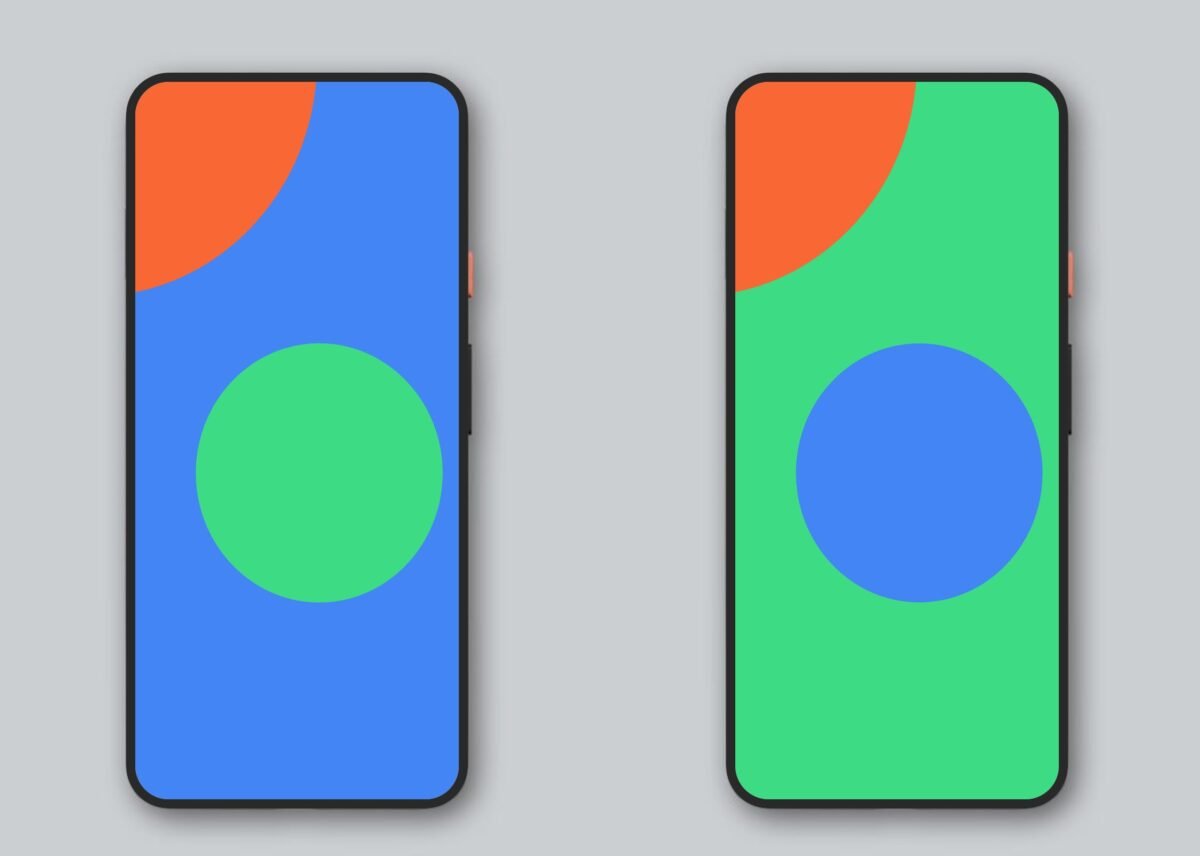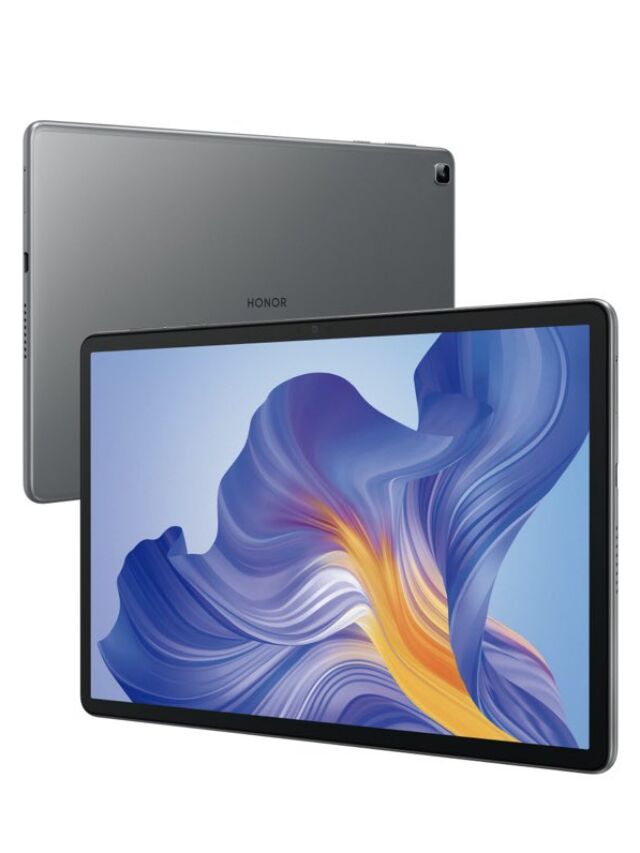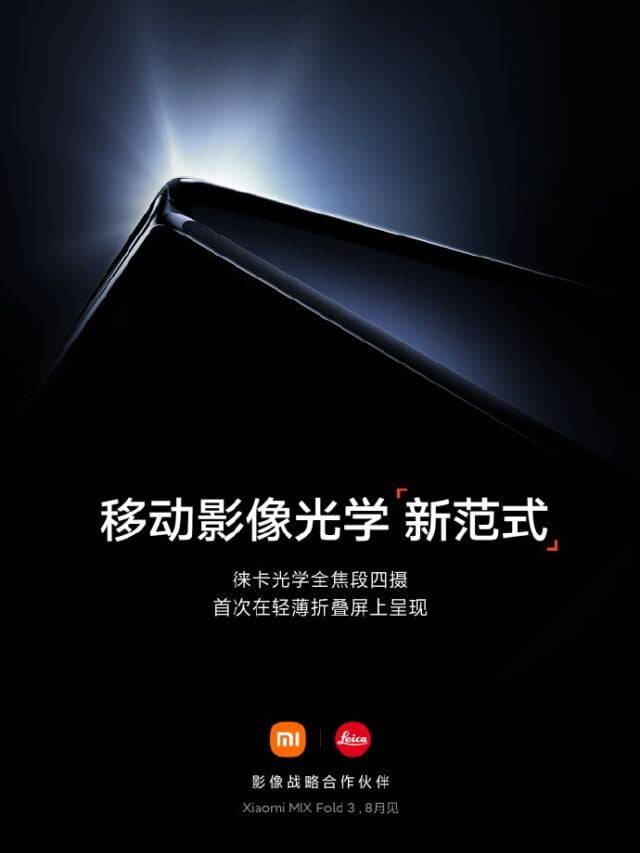Expanding on the initial overview, Google’s Android 11 has made a significant impact since its launch six months ago. It’s now running on a wide array of smartphones, including both high-end flagships and mid-range models from the previous year. While Google has not yet published official distribution statistics, research suggests that the Android 11 update has achieved the fastest adoption rate in the US compared to previous versions.
Google Android 11 Update Rollout
The update to Android 11 has been rolled out to a multitude of devices, with many previous-generation smartphones receiving the update, ensuring a more consistent user experience across the Android ecosystem. Also Read: Samsung Galaxy S21 FE color and camera details leaked
Despite the absence of official distribution numbers from Google, the available data indicates a robust uptake of Android 11, particularly in the US market, where it has surpassed other versions in terms of adoption speed. This swift adoption is likely due to several factors. Also Read: Google Android 12 is here: Complete details about new design and features
These factors may include Google’s efforts to streamline the update process through initiatives like Project Treble and partnerships with chip manufacturers like Qualcomm. These efforts have made it easier for device manufacturers to provide timely updates, which in turn has facilitated a quicker rollout of Android 11 to end-users.
New Features and Improvements
Moreover, Android 11 brings a host of new features and improvements that enhance security, user privacy, and overall device performance. These advancements have likely contributed to the eagerness of users to upgrade their devices and enjoy the benefits of the latest Android OS. Also Read: Google Android 12 update: List of smartphones eligible for the latest mobile OS
In summary, Android 11’s launch has been met with enthusiasm and rapid adoption, marking a positive trend in the Android update landscape and setting a new benchmark for future versions. The focus on security, along with user-centric enhancements, has resonated well with the user base, particularly in the US, where the adoption rate has been notably swift. Also Read: Google Pixel 6 series phones to launch with 5 years of Android update just like Apple
Android 11 vs Android 10 OS Adoption in the US
Delving deeper into the StatCounter report highlighted by Android Authority, it’s evident that Android 11 has set a new benchmark for rapid OS adoption in the US. Within just six months of its release, Android 11 is available on over 25% of mobile and tablet devices in the US market. This is a significant increase over Google’s Android 10. Also Read: Xbox Series X/S Seagate Storage Expansion Card comes to India
To recall, Android 10 had an adoption rate of 8.2% after ten months from its release. The report also sheds light on the fact that while Android 11’s adoption is impressive. Meanwhile, Android 10 still holds the largest share, with 33% of devices in the US running on it. This indicates that a considerable number of users are still using the previous version of the Android OS.
The accelerated adoption rate of Android 11 can be attributed to Google’s initiatives like Project Treble and its partnership with Qualcomm. This project has streamlined the update process across different manufacturers. These efforts have reduced fragmentation and have made it easier for users to receive and install the latest updates. Also Read: OnePlus 9 Pro to feature 50W fast wireless charging feature: Officials
Google Android 11 Adoption in other countries
Furthermore, the report suggests that Android 11’s adoption is not just limited to the US. It is also on a growth trajectory in other markets like the UK and Canada. However, on a global scale, Android 10 continues to lead with a 41% market share. It dominates in regions like Europe and Asia, where Android 11 is still catching up.
It’s important to note that the numbers reported by StatCounter are not official Google statistics. It is because Google now conceals Android distribution numbers within Android Studio. Nevertheless, the data provides a clear indication of Android 11’s strong performance in the US. It is likely that Google will release official figures in the near future.
This detailed analysis of the StatCounter report provides a comprehensive view of Android 11’s adoption. Thus, highlighting its success in the US and the ongoing efforts to improve Android OS distribution worldwide. Also Read: Windows 11 upgrade could be free for Windows 7 and Windows 8.1 PCs

Android 10 OS Dominates in Global Market
In the global landscape, Android 11 is steadily climbing but hasn’t yet overtaken the widespread presence of Android 10. In key markets such as Europe and Asia, Android 10 remains the most prevalent, boasting the largest market share. Worldwide, Android 10 continues to be the most utilised version, with a 41% share. This indicates its enduring popularity across a vast array of devices. Also Read: Latest Intel processors under U-series launched at COMPUTEX 2021
Android 11 Market Share
The enduring dominance of Android 10 can be attributed to its stability and the gradual nature of user transition to newer operating systems. However, Android 11 is making inroads with its adoption rate increasing steadily. As of January, Android 11 held over 23% of the market share globally. While the more recent Android 13 had only 12%. By July 2023, Android 13’s market share had risen to over 30%, surpassing both Android 12 and 11.
This trend reflects the ongoing evolution of the Android ecosystem. Here, newer versions are adopted at varying rates across different regions. Factors influencing these rates include the availability of updates from device manufacturers.
- performance enhancements
- new features introduced with each version
- readiness of users to upgrade their devices
Despite the slower global uptake compared to Android 10, Android 11’s features, such as improved privacy controls. It also offers conversation notifications, and device controls have been well received. Its adoption is likely to continue growing as more devices become eligible for the update. Additionally, it will be beneficial for users seeking the latest Android innovations. Also Read: Samsung Galaxy S22 Series: Upcoming Smartphones with 108MP Camera Sensor
Android 11 OS and Non-Google OEMs
Reflecting on the evolution of the Android update distribution cycle, Android 11’s rollout has marked a significant improvement over past versions. Historically, non-Google OEMs (Original Equipment Manufacturers) would take over a year to deploy the newest Android version. Thus, often opting for custom Android skins instead. Also Read: Xiaomi shipped 7 million fitness band in India till date, Mi Band 6 launching on August 26
However, with the introduction of Project Treble, Google has revolutionised the update process by collaborating closely with OEMs. This initiative encourages OEMs to expedite updates even amidst extensive customisations. In the competitive smartphone market, major manufacturers like OnePlus, Nokia, and Samsung have partnered with Google to expedite the delivery of Android updates. These collaborations aim to provide users with quicker and more reliable OS upgrades.
A significant number of devices from these brands have already received the Google Android 11 update. Samsung, in particular, has committed to offering a minimum of three years of Android OS updates. Furthermore, it offers an extended four years of security patches to its customers. Also Read: Spotify adds support for 12 Indian Regional languages on its mobile app
Apple and it’s update policy
When it comes to software updates, the iOS ecosystem outshines Android. Here, with Apple providing a robust five-year update policy for iPhones and iPads, it overtakes Android OS. Also Read: iPadOS 15 announced at Apple WWDC 2021 event: what’s new, features, and release date
In contrast, the Android ecosystem is progressing, albeit at a slower pace. Google’s initiatives, such as Project Treble, have enabled brands like Xiaomi, Realme, and Samsung to roll out the Android 11 update more swiftly. Now, the updates are available to their affordable smartphone ranges also. Despite these advancements, Google has not yet published the official distribution statistics for Android 11.









9 thoughts on “Android 11 OS update runs on more devices than older versions”